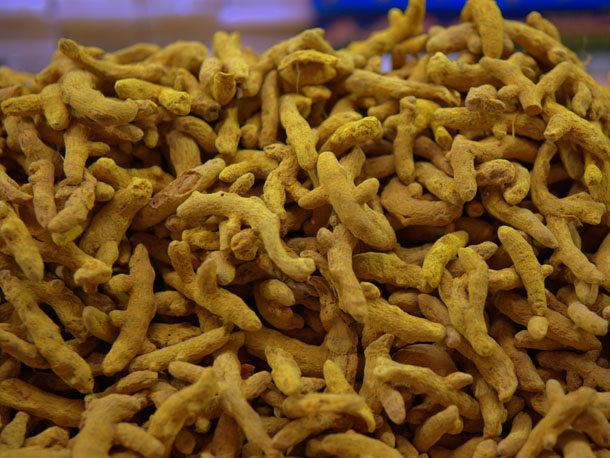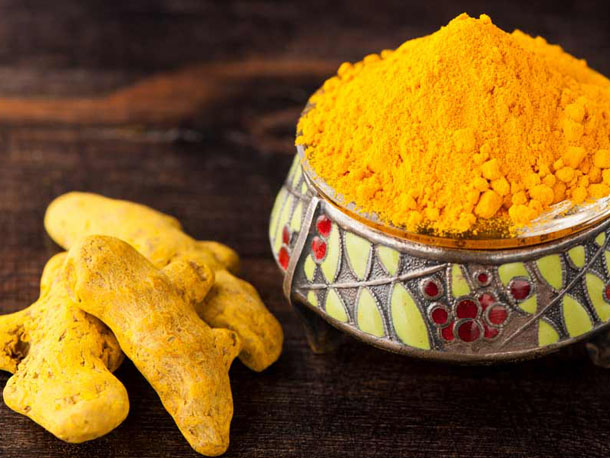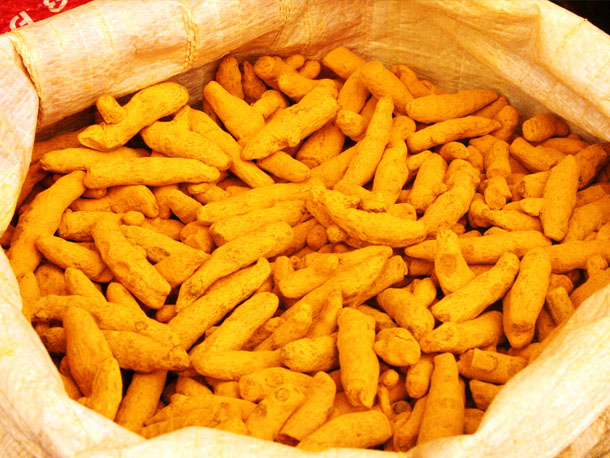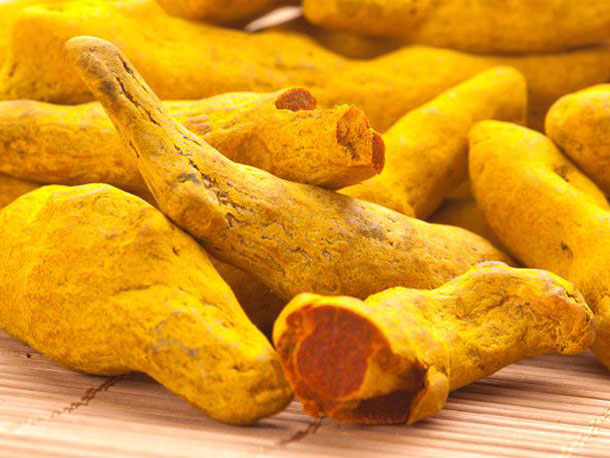Indian turmeric remains prone to bullish forces

The Indian turmeric market continues to show a mostly bullish tone on ongoing beliefs that the 2016 crop will fall short of expectations due to lack of soil moisture in certain growing areas.
The actual picture is somewhat complicated as some growing areas of India have reported favourable rainfall and good levels of soil moisture while others have complained of not enough rain and a shortfall in soil moisture.
Earlier, alarming predictions had claimed that the crop might be only 30-40% of what was reached in 2015. This sparked price increases.
One UK trader told that this was then downgraded to suggestions that the total Indian crop could end up at 70-80% of the hoped for potential size. Moreover, Indian sources had given assurances that a decent amount of carry-over stocks should mean that the total supply would be at a reasonable overall levels. Prices responded to this by settling down.
However, subsequent weeks had seen a retraction of this view and the dominance of other bullish outlooks.
For example, flooding in eastern Tamil Nadu prompted speculation that turmeric crops there would be damaged. However, not much turmeric is grown in this part of Tamil Nadu – instead it is found in western and central Tamil Nadu. In addition, it is said that the main turmeric farms in eastern Tamil Nadu escaped major flood damage and instead they actually benefited from having rains as the soil moisture was topped up rather than deluged.
Contrasting with the floods situation and debate over this, the main adverse weather concern has remained over deficient rainfall in growing areas and inadequate soil moisture for the turmeric to thrive and achieve optimium yields.
This has overshadowed the fact that the crop in southern Indian growing states is expected to be better than before.
Elements of confusion
Indeed, one Indian trader told “The recent failure of monsoon in Telangana, Andhra Pradesh and Maharashtra has affected the crop in these regions which is estimated to be 40-50% less than previous years, but the current position of crop in Tamil Nadu area is still unknown which was earlier predicted to be good .The recent rains and flooding has created an unknown situation.”
The trader admitted that there is a variance in opinion which has led to the emergence of two groups, one of which views the crop as unaffected while the other is reporting a significant damage to the crop.
“The big question remains about the size of crop in Tamil Nadu,” the trader noted. “If there is a crop damage in Tamil Nadu then I see a significant rise in prices of turmeric, but even if Tamil Nadu produces a good crop I don’t see any fall in prices as it would not be able to cover the damage or the shortage of crop in other areas.”
It is evident that the general expectation/predictions for a lower 2016 crop has made prices volatile.
It has also been claimed that plantings are reduced this year, but the UK trader cautioned that it has to be borne in mind that there is no reliable data to back this up. Hence, market players can use this as a speculative tool to push prices higher.
The UK trader observed that prices on the National Commodity & Derivatives Exchange (Ncdex) had peaked in early November, eased in subsequent weeks, and are now back on an uptrend.
He revealed that he expects prices to slowly edge up as the crop nears because buyers do not have enough material and stock holders are keeping a grip on what they have.
He noted that the Ncdex is quoting significantly higher levels for April 2016, which is just after the peak arrival month of March.
On December 10, the Ncdex website showed a closing price of INR10,216 per quintal for the April 20 futures contract on Indian turmeric and INR9,272/quintal for the December 18 contract.
Shortage looks inevitable
The Indian trader forecast the carry-over of last year’s crop to be around 90,000 tonnes with the new crop being around 405,000 tonnes and the overall consumption being about 630,000 tonnes.
“So I see a shortage of turmeric in year 2016,” he added. The trader noted that with the current movements in the Ncdex he would envisage that if big stockists enter the turmeric market along with the normal demand which starts with the onset of winters and lasts until April, this would lead to a shortage and the prices would be prone to increases. He suggested that the position should be more clear around January when the new crop starts entering the market.
The UK trader indicated current export prices for turmeric powder of 3% curcumin content at USD1,700 per tonne c&f main European ports and explained that material of 2% curcumin content would be slightly cheaper than this.
He viewed demand as strong, but pointed out that as usual, the bulk of this off-take is in India’s domestic market.
“The entire consumption of turmeric in Europe is probably less than the consumption of the city of Bombay,” the trader suggested. Nevertheless, he acknowledged that sales of the spice to Europe have risen in recent years.




